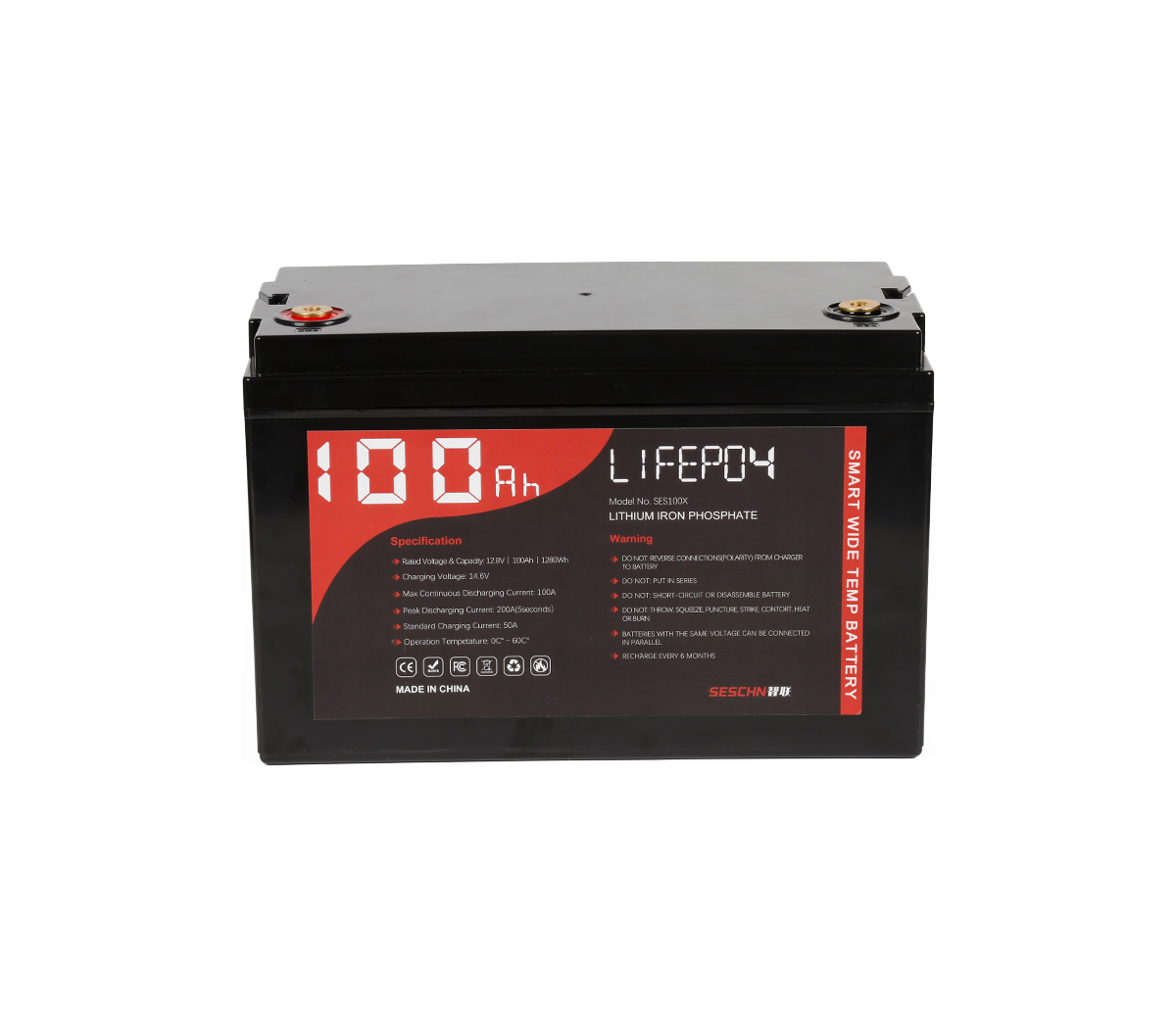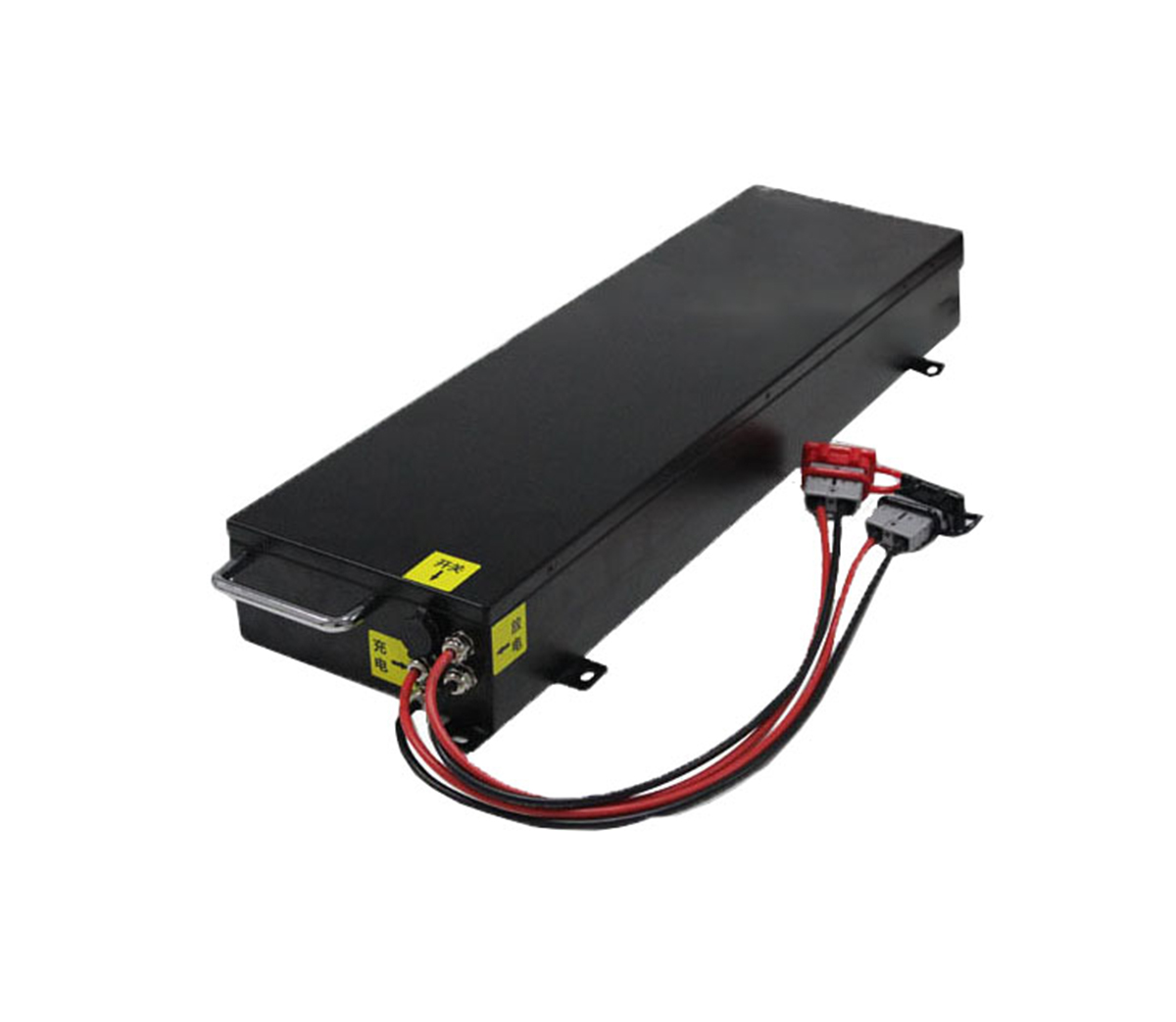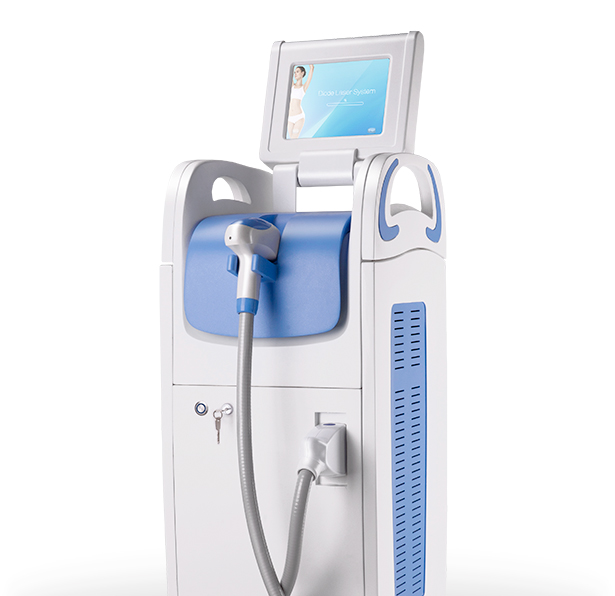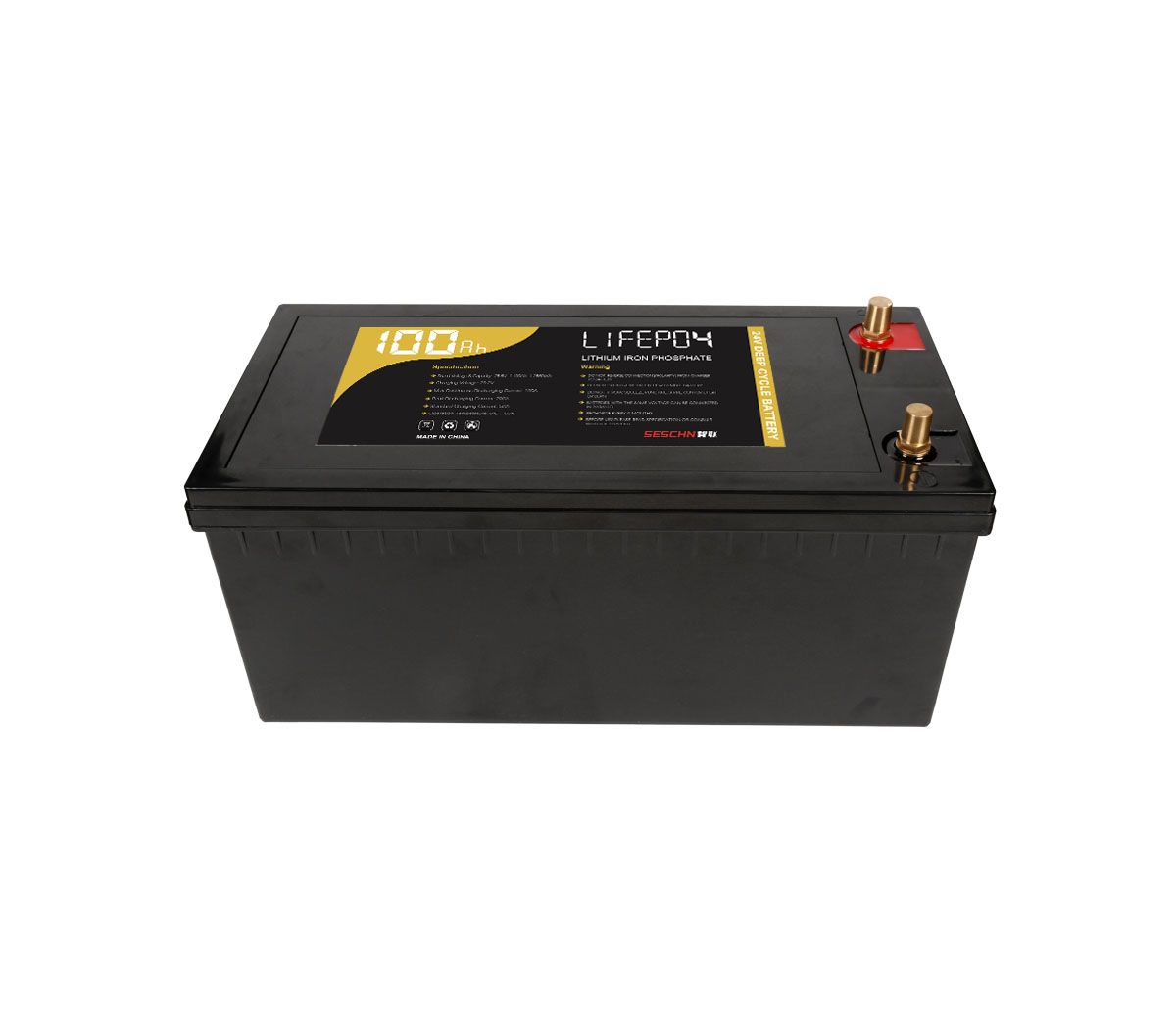
The charging process of lithium-ion batteries can be divided into three
stages: trickle charging (low-voltage precharge), constant current charging, and
constant voltage charging.
The charging process of lithium-ion batteries can be divided into three
stages: trickle charging (low-voltage precharge), constant current charging, and
constant voltage charging.
The charging method of the lithium battery is voltage-limiting and constant
current, which is controlled by the IC chip. The typical charging method is:
first detect the voltage of the battery to be charged, if the battery is
If the voltage is lower than 3V, it must be pre-charged first. The charging
current is 1/10 of the set current. After the voltage rises to 3V, it enters the
standard charging process. The standard charging process is:
Perform constant current charging with the set current. When the battery
voltage rises to 4.20V, change to constant voltage charging and keep the
charging voltage at 4.20V. At this time, the charging current gradually
decreases
Decrease, when the current drops to 1/10 of the set charging current,
charging ends.
Everyone already knows that the cathode material of lithium-ion batteries
is lithium cobalt oxide and the anode is carbon.
The working principle of lithium-ion battery refers to its charging and
discharging principle. When the battery is charged, lithium ions are generated
on the positive electrode of the battery, and the generated lithium ions move to
the negative electrode through the electrolyte. The carbon as the negative
electrode has a layered structure. It has many micropores. The lithium ions that
reach the negative electrode are embedded in the micropores of the carbon layer.
The more lithium ions are inserted, the higher the charging capacity.
Similarly, when the battery is discharged (that is, when we use the
battery), the lithium ions embedded in the carbon layer of the negative
electrode are released and move back to the positive electrode. The more lithium
ions returned to the positive electrode, the higher the discharge capacity. What
we usually call battery capacity refers to discharge capacity.
It is not difficult to see that during the charging and discharging process
of lithium-ion batteries, lithium ions are in a state of movement from positive
→ negative → positive. If we compare the lithium ion battery to a rocking chair,
the two ends of the rocking chair are the two poles of the battery, and the
lithium ion is like an excellent athlete running back and forth on the two ends
of the rocking chair. Therefore, the experts gave the lithium-ion battery a
lovely name, rocking chair battery.
Lithium battery charging circuit principle and application
Lithium-ion batteries are widely used in mobile phones, camcorders,
notebook computers, cordless phones, power tools, remote control or electric
toys, cameras and other portable electronic devices due to their excellent
characteristics.
1. Lithium batteries and Ni-Cd and Ni-MH rechargeable batteries:
The negative electrode of a lithium ion battery is graphite crystal, and
the positive electrode is usually lithium dioxide. During charging, lithium ions
move from the positive electrode to the negative electrode and are embedded in
the graphite layer. When discharging, lithium ions depart from the surface of
the negative electrode in the graphite crystal and move to the positive
electrode. Therefore, during the charging and discharging process of the
battery, lithium always appears in the form of lithium ions, rather than in the
form of metallic lithium. Therefore, this kind of battery is called a lithium
ion battery, or lithium battery for short.
Lithium batteries have the advantages of small size, large capacity, light
weight, no pollution, high single-cell voltage, low self-discharge rate, and
many battery cycles, but they are more expensive. Nickel-cadmium batteries are
being phased out due to low capacity, serious self-discharge, and pollution to
the environment. Ni-MH battery has a higher cost performance and does not
pollute the environment, but the single voltage is only 1.2V, so the scope of
use is limited.
2. The characteristics of lithium batteries:
1. Higher weight-to-energy ratio and volume-to-energy ratio;
2, the voltage is high, the voltage of a single lithium battery is 3.6V,
which is equal to the series voltage of 3 nickel-cadmium or nickel-metal hydride
rechargeable batteries;
3, self-discharge is small and can be stored for a long time, this is the
most prominent advantage of the battery;
4. No memory effect. Lithium batteries do not have the so-called memory
effect of nickel-cadmium batteries, so there is no need to discharge lithium
batteries before charging;
5. Long life. Under normal working conditions, the number of
charge/discharge cycles of lithium batteries is far greater than 500;
6. It can be charged quickly. Lithium batteries can usually be charged
with a current of 0.5 to 1 times the capacity, shortening the charging time to 1
to 2 hours;
7, can be used in parallel at will;
8. Because the battery does not contain heavy metal elements such as
cadmium, lead, mercury, etc., it has no pollution to the environment and is the
most advanced green battery in the contemporary era;
9. High cost. Compared with other rechargeable batteries, lithium batteries
are more expensive.
Three, the internal structure of the lithium battery:
Lithium batteries usually have two appearances: cylindrical and
rectangular.
The inside of the battery adopts a spiral wound structure, which is made of
a very fine and highly permeable polyethylene film separator between the
positive and negative electrodes. The positive electrode includes a lithium ion
collector composed of lithium and cobalt dioxide and a current collector
composed of aluminum thin film. The negative electrode is composed of a lithium
ion collector made of sheet carbon material and a current collector made of
copper thin film. The battery is filled with an organic electrolyte solution. In
addition, a safety valve and PTC components are installed to protect the battery
from damage when the battery is abnormal and the output is short-circuited.
The voltage of a single-cell lithium battery is 3.6V, and the capacity
cannot be infinite. Therefore, single-cell lithium batteries are often processed
in series or parallel to meet the requirements of different occasions.
Fourth, the charging and discharging requirements of lithium batteries;
1. Lithium battery charging: According to the structural characteristics of
the lithium battery, the highest end-of-charge voltage should be 4.2V, and it
cannot be overcharged. Otherwise, too much lithium ions from the positive
electrode will be taken away and the battery will be scrapped. The charging and
discharging requirements are relatively high, and a dedicated constant current
and constant voltage charger can be used for charging. Normally, the constant
current charge to 4.2V/cell will switch to constant voltage charge. When the
constant voltage charge current drops to less than 100mA, the charge should be
stopped.
Charging current (mA)=0.1~1.5 times battery capacity (such as 1350mAh
battery, its charging current can be controlled between 135~2025mA). The normal
charging current can be selected at about 0.5 times the battery capacity, and
the charging time is about 2 to 3 hours.
2. Lithium battery discharge: Due to the internal structure of the lithium
battery, all lithium ions cannot move to the positive electrode during
discharge. Some lithium ions must be retained in the negative electrode to
ensure that lithium ions can be inserted into the channel smoothly during the
next charge. Otherwise, the battery life will be shortened accordingly. In order
to ensure that some lithium ions remain in the graphite layer after discharge,
it is necessary to strictly limit the minimum discharge termination voltage,
which means that the lithium battery cannot be over-discharged. The final
discharge voltage is usually 3.0V/cell, and the minimum should not be lower than
2.5V/cell. The length of battery discharge time is related to battery capacity
and discharge current. Battery discharge time (hours) = battery
capacity/discharge current. Lithium battery discharge current (mA) should not
exceed 3 times the battery capacity. (Such as 1000mAH battery, the discharge
current should be strictly controlled within 3A) Otherwise, the battery will be
damaged.
The current lithium battery packs sold on the market are equipped with a
matching charge and discharge protection board. Just control the external charge
and discharge current.
5. Lithium battery protection circuit:
The charging and discharging protection circuit of two lithium batteries is
shown in Figure 1. It is composed of two FETs and a dedicated protection
integrated block S-8232. The overcharge control tube FET2 and the overdischarge
control tube FET1 are connected in series in the circuit, and the battery
voltage is monitored and controlled by the protection IC. When the battery
voltage rises to 4.2V , The overcharge protection tube FET1 is turned off and
charging is stopped. In order to prevent malfunction, a delay capacitor is
generally added to the external circuit. When the battery is in a discharging
state, when the battery voltage drops to 2.55V, the over-discharge control tube
FET1 is cut off, and the power supply to the load is stopped. Over current
protection is to control FET1 to cut off and stop discharging to the load when a
large current flows through the load. The purpose is to protect the battery and
the field effect tube. Overcurrent detection uses the on-resistance of the field
effect tube as the detection resistance, monitors its voltage drop, and stops
discharging when the voltage drop exceeds the set value. A delay circuit is
generally added to the circuit to distinguish between surge current and
short-circuit current. The circuit has perfect functions and reliable
performance, but it is highly professional, and the dedicated integrated block
is not easy to buy, and it is not easy to imitate by amateurs.



































